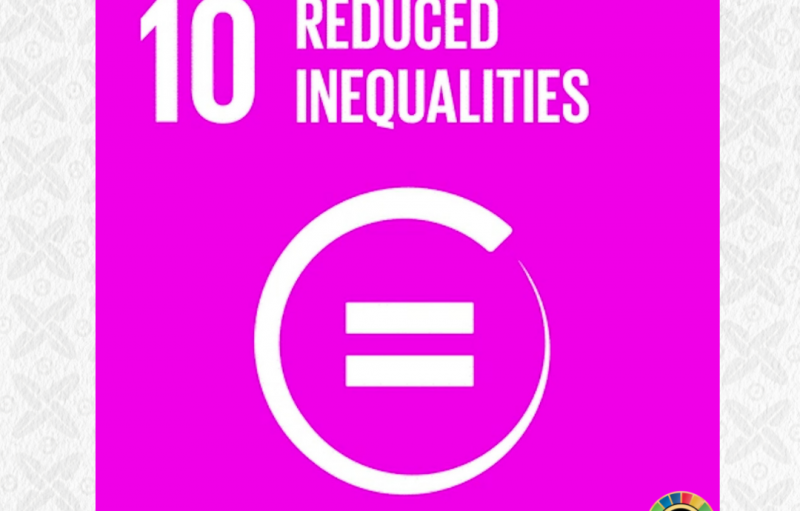August 15th marks the 50 year anniversary of the Nixon shock. In his public statement of August 15th 1971, Nixon supended “temporarily” the convertibility of dollars into gold. This event marked the beginning of the fiat money system as we know it. More importantly it has achieved none of the stability or confidence objectives as initially intended. In fact, one can argue that this unilateral move was the greatest gold heist in history and marked the decline of the United states as a monetary power or at least the gradual death of the US Dollar.
What got us there?
After the end of the second world war, the global economy became stagnant. Nations got together to devise a new form of monetary system called the Bretton Woods Agreement. One of the key elements was that the dollar would be pegged to gold at $35 an ounce (Gold Standard). Other central banks could exchange the dollars they held for gold. In that sense, the dollar was as good as gold. Every other currency had a fixed exchange rate to the dollar.
Initially, the system was successful. When the Nixon administration came into office in 1969, they realized that the world economy has changed completely. Everybody wanted dollars, so the Federal Reserve was printing lots of it. As a result, there were four times as many dollars in circulation as there was gold in reserves. The rate for an ounce of gold was good in 1944, but the printing press of the federal reserve, government deficits as well as the trade balance led the USA to print currency without having the backing by the precious metal it corresponded too.
Charles De Gaule, at the time president of France was the most vocal in raising his concerns and demand to redeem paper dollars for real gold reserves.
The Nixon Administration afraid that other countries were to ask for their gold and knowing that the U.S. wouldn’t have enough to service those redemptions. President Nixon to technically default on their commitment to exchange gold for dollars “temporarily” but as we all know, the world is still waiting… To avoid a complete loss of confidence the U.S. had to finally devalue the dollar de facto by abandoning the gold standard.
Aftermath
Since Nixon suspended the us gold standard, the world has suffered from 12 financial crises, beginning with the oil shock of 1973 and culminating in the financial crisis of 2008–09 followed by the European debt crisis.
Since August 15th 1971, the global economy entered a new era of free-floating exchange rates, and what economists refer to as pure ‘fiat money’. The current system is completely controlled by the government and modern day currencies are only backed by trust and declared money only by decree.

Since the end of “hard money”, the world has seen a staggering trend of rising global debts, hitting records year after year. With fractional reserve banking allowing banks to printing more money while only keeping a fraction of deposits in reserves, the entire fiat system has become increasingly fragile. With fiat money, there is virtually no limit as to how much central banks can print out of thin air. This is impossible with a gold standard as one cannot simply print gold. The gold standard would have forced orthodoxy for monetary policy and deficits.

Rampant inflation has slowly eroded the wealth of the entire world’s population. In perspective, even if the parity of the imperfect Bretton woods standard would have remained 35$ per ounce, a barrel of oil would be costing 1.35$ instead of 69$ and a share of the S&P 500 index would cost 87$ instead of 4444$.
Perhaps the best quote predicating the failure of the current system is found in the public statement of Charles de Gaule:
“In principle, the mere fact that many states accept dollars as good as gold for the settlement of differences that exist for their benefit in the American balance of payments, this fact causes Americans to get into debt and go into debt for free vis-à-vis the foreigner, because what they owe him, they pay …. or at least in part, with dollars — which they can print at will.
Given the consequences that a crisis happening in this particular could bring, we think that we must, before it’s too late, take the means to avoid it. We deem it necessary that international trade be established, as it was the case before the great tragedies of the world — On an indisputable monetary base, said base not bearing the mark of any country in particular. What basis?! In truth, we do not see that there be, in reality, any other standard criteria other than gold.”
AgAu is changing the way we transact with gold. AgAu provides the ultimate tool to finally be able to use gold universally with close to no costs in digital form.
AgAu uses smart contracts, blockchain technology and distributed ledgers in order to allow the re-birth of a decentralised gold standard where users maintain the direct ownership of their money.
The AgAu Money System

AgAu allows the electronic direct ownership and transfer of physical and allocated LBMA Good Delivery quality gold and silver secured by Swiss private property laws. In other words, AgAu is the purest and most efficient form to bring back a real gold standard where the ownership of the money resides directly with the user. (See: AgAu.io White Paper)
“Gold is apolitical and self-sovereign, meaning that there is no authority to rule gold unilaterally “by decree” as opposed to fiat. The convention of gold as money has not been defined by government bureaus but by natural law and universal consensus.” — AgAu.io White Paper
We are inviting the community, investors, ecosystem and media partners to reach out by following us on social media and expressing your interest.
Learn more about AgAu.io: The Peer-to-Peer, Electronic Money System Follow us on social media: @agaucrypto






